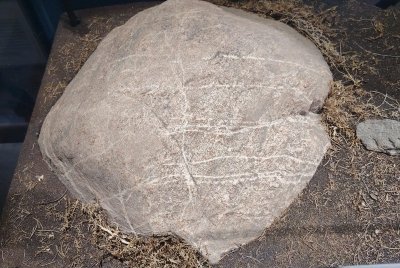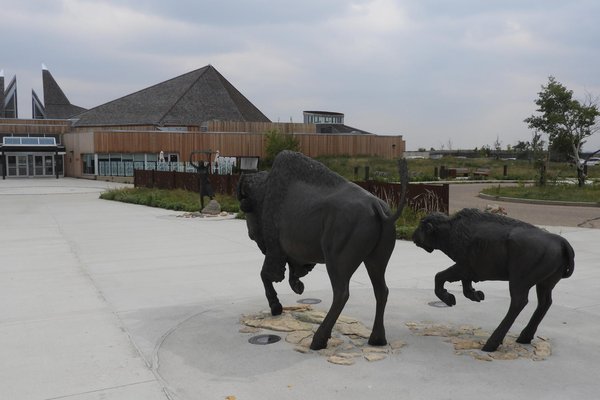Canada
Wanuskewin
Wanuskewin features topography that is unusual for the Great Plains of North America. A deep and wide valley cuts through the otherwise flat prairie, offering sheltered terraces and coulee depressions alongside a source of fresh water. Within this small radius are nineteen Pre-Contact archaeological sites that offer a complete record of cultural development on the Northern Plains, spanning 6,400 years.
Habitation sites, bison jumps and pounds, tipi rings and the northern-most Medicine Wheel recorded in North America narrate the varied uses for the site, and demonstrate an evolution of land-use and methods for survival. Nowhere else is there such an extensive record in such proximity.
Site Info
Official Information
- Full Name
- Wanuskewin (ID: 6342)
- Country
- Canada
- Status
-
Nominated 2028
Site history
History of Wanuskewin
- 2023: Preliminary Assessment
- .
- 2018: Added to Tentative List
- Added to tentative list
- Type
- Cultural
- Criteria
- iii
Links
- UNESCO
- whc.unesco.org
- Official
-
- pc.gc.ca — Parks Canada
All Links
UNESCO.org
- whc.unesco.org — whc.unesco.org
Official Website
- pc.gc.ca — Parks Canada
News Article
- Nov. 3, 2023 afr.com — How a lonely cattle ranch became a contender for World Heritage status
- Dec. 15, 2021 saskatoon.ctvnews.ca — Sask. government spending $60,000 to boost Wanuskewin UNESCO heritage bid
- Nov. 30, 2019 ckom.com — Wanuskewin Heritage Park one step closer to world heritage site designation
Community Information
- Community Category
- Archaeological site: Pre-Columbian
Travel Information
Recent Connections
News
- afr.com 11/03/2023
- How a lonely cattle ranch became a…
- saskatoon.ctvnews.ca 12/15/2021
- Sask. government spending $60,000 …
- ckom.com 11/30/2019
- Wanuskewin Heritage Park one step …
Community Reviews
Show full reviews
Wanuskewin is not the kind of place you simply stumble into; it's a site one would usually have to make quite a journey for. Most definitely, it once drew Native Americans in far greater numbers than it does today's tourists. However, I was lucky enough to visit Western Canada in July 2024 and figured it was the perfect time to make the journey all the way out here. A journey it was! Unless you live in or frequent Saskatchewan, it's a 6-hour drive from the big cities of Alberta over endless fields of grass, corn, and canola. At least Prince Albert National Park is just about a 2-hour drive away, to make the journey more worthwhile.
Located just outside Saskatoon, Wanuskewin feels a lot more rural and isolated than it really is. Many visitors probably just end up at their visitor center, which has a good exhibition on the site and the associated First Nation cultural heritage, as well as a great restaurant serving Native American cuisine. Others may be drawn by the opportunity to see their bison herd (personally, I'd suggest Elk Island National Park near Edmonton for that). The main draw for World Heritage Travellers, however, is the hiking circuit that takes you around the site to various scenic, historic, and spiritual points of interest. A quick overview of the historic points at a fairly fast pace took me an hour; a thorough and relaxed experience of the whole area could take 2-4 hours.
Looking at …
Keep reading 0 comments